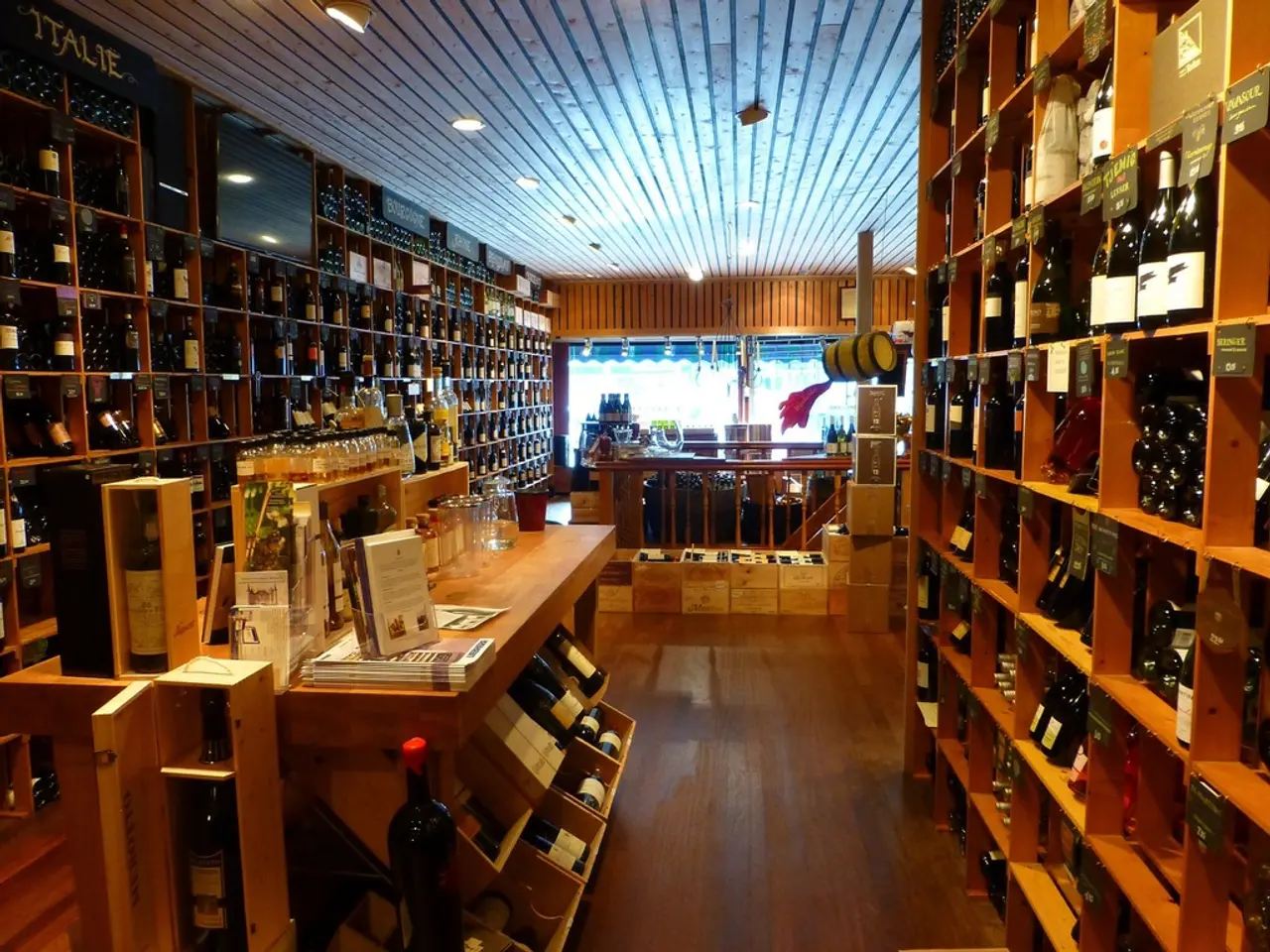Reconsidering Single-Use Bottles: Factors to Consider When Purchasing Reusable Containers
In the ongoing quest for sustainability, the choice of drink packaging can have significant environmental implications in Germany. Reusable packaging offers clear advantages over non-reusable alternatives, contributing to lower material use, reduced plastic emissions, better product protection, and overall greater resource efficiency.
Germany's commitment to sustainability is evident in its long-established deposit return system (Pfand system), which boasts a 98% collection rate for plastic beverage bottles, ensuring bottles are returned and not discarded as waste. This system supports reuse, a practice that is increasingly important in the face of the EU Single-Use Plastics Directive, which mandates recycled content in PET bottles and requires bottle caps to remain attached to reduce littering.
While not all containers with a deposit requirement are reusable, the presence of a deposit label can provide clues about the reusability of a drink container. Bottles and containers that are part of the Pfand system usually display a return value, indicating reuse. Specific labeling and markings, such as the "Mehrweg" logo or text indicating a bottle/cup is reusable, are also common.
Newer packaging may incorporate digital indicators like QR codes or NFC tags to provide recycling and reuse information, increasing traceability and compliance. It is essential to note that thinking that a deposit always means reusable is incorrect; the deposit amount should not be the sole factor considered when choosing a drink container, as other environmental aspects are important, as highlighted by the German Nature and Biodiversity Conservation Union (NABU).
The deposit for a reusable bottle is typically eight or 15 cents, according to NABU, while a deposit of 25 cents is usually a sign of single-use packaging. However, it is an exception for reusable bottles to be sold with a 25 cent deposit. Short transportation distances are also environmentally friendly, especially for reusable bottles, as per NABU.
The use of recycled plastic (rPET) in beverage packaging significantly lowers carbon footprints—100% recycled PET can reduce carbon emissions by up to 70% compared to virgin PET. Germany's beverage producers are moving toward higher recycled content in their bottles to contribute to a circular plastic economy.
In conclusion, reusable packaging in Germany delivers substantial environmental benefits over non-reusable alternatives, supported by the deposit return system and EU policies driving recycled content and better packaging design. Identifying reusable packaging relies mainly on deposit labels, official reuse logos, and informative packaging labels consistent with EU and German regulations. By making informed choices, consumers can contribute to a more sustainable future for Germany and beyond.
In the context of Germany's commitment to sustainability and circular economy, one can find reusable home-and-garden products such as drink containers in the lifestyle sector, indicating a move towards sustainable-living practices. For instance, bottles and containers that are part of the Pfand system usually display a return value, maintaining their reusability and reducing plastic emissions.
As awareness about environmental implications grows, sustainability-conscious consumers can look for specific labeling and markings, like the "Mehrweg" logo or texts indicating a bottle/cup is reusable, when making their lifestyle choices, promoting sustainable-living and reducing waste.




